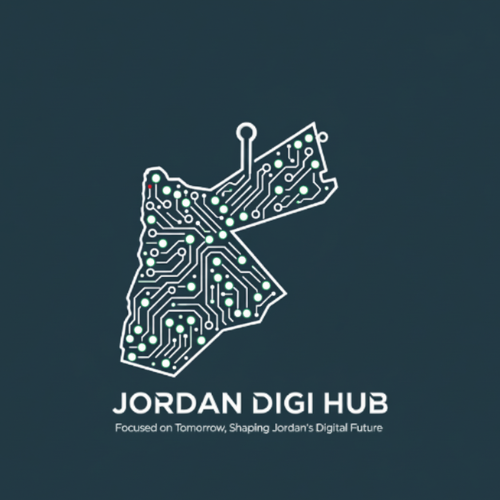Admin by
JDH
August 5, 2025
In today’s world, data is everywhere—shaping decisions, driving strategies, and influencing nearly every industry. Yet, numbers alone can be overwhelming and difficult to interpret. This is where data visualization comes in: the art and science of turning raw data into visual stories that people can understand at a glance. When done well, data visualization makes numbers speak clearly, unlocking insights that might otherwise remain hidden.
Why Data Visualization Matters
Humans are naturally visual thinkers. While spreadsheets and reports contain valuable information, they can be difficult to process quickly. Charts, graphs, and dashboards simplify complexity, making patterns, trends, and relationships easier to spot.
Key benefits of data visualization include:
- Clarity: Complex data is transformed into clear, accessible visuals.
- Faster decisions: Leaders can act quickly when insights are visible.
- Engagement: Visuals capture attention better than plain numbers.
- Storytelling: Data is presented in a way that communicates meaning, not just statistics.
Modern tools like Tableau, Power BI, and Google Data Studio have made visualization accessible to everyone. With AI-powered features, these platforms can even suggest the best ways to present information. Interactive dashboards allow users to explore data from different angles, making insights more dynamic and personal.


Beyond Business
Data visualization isn’t limited to corporate boardrooms. It’s also changing how we understand the world around us—whether through infographics about global warming, maps showing election results, or health dashboards tracking public safety. Visual storytelling empowers people to grasp critical information and take action.
Conclusion
At its core, data visualization is about communication. Numbers on their own are silent, but when presented visually, they speak volumes. By making complex information accessible and engaging, data visualization helps organizations, researchers, and everyday people turn data into knowledge—and knowledge into impact.



